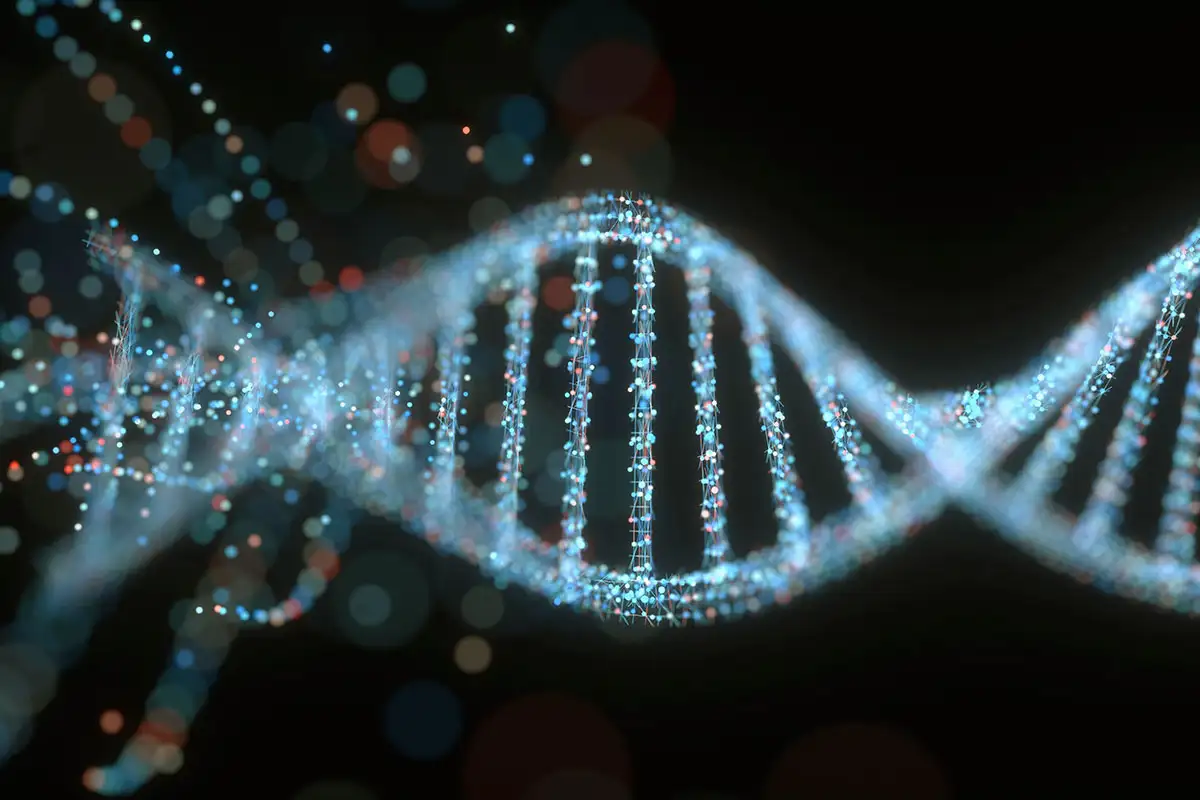Have you heard of Mystery Genes Found in Our Body? Here’s What We Know!
The research group of geneticist Thijn Brummelkamp at the Netherlands Cancer Institute has identified mystery genes that guarantee the final form of protein actin, which is a key component of the cell skeleton in our body.
Thijn Brummelkamp was asked about why he succeeded at finding genes and proteins that others have missed. To this he said: ‘I am a professional pin-in-a-haystack seeker’. These research findings were published in the journal Science, where the mystery gene definition was also mentioned.
What is Actin?
Actin is the key component of cell skeleton, and is also one of the most common molecules found in a cell. Cell biologists are too keen to know about this component because of its properties. Did you know we produce more than 100 kg of actin in our lifetime, as it is found in large amounts in all cell types. Talking of this mystery gene biology, actin can be used for various functions that include giving structure to the cell, making them firmer, cell division, propelling these cells forward and giving strength to the muscles. Scientists believe, people who have defective actin proteins, suffer from muscle diseases.
Also read: Microbes in Permafrost can lead to a Massive outburst of Carbon!
Multi-purpose method for genetics in human cells
With his team, Brummelkamp used the multi-purpose method to find genetic causes of particular conditions. Earlier, he investigated why cancer cells are resistant to various kinds of therapy and he had also found a protein in the cancer cells that act as a break on the immune system. This time, Brummelkamp and his team went on to find a structure of gene that matures actin, and the skeleton of the cell.
Peter Haahr, a postdoc in Brummelkamp’s group worked on an experiment where he initially caused random mutations in random haploid cells. Next, he picked cells containing the immature actin and added a fluorescently labelled antibody to fit in the exact spot from where the amino acid is chopped off using scissors. Finally, he found out the gene that mutated after this process and they called it ‘ACTMAP’ (ACTin Maturation Protease).
Haahr traced the molecular scissors that cut the essential amino acid from actin. Those scissors were controlled by a gene whose function wasn’t known previously, the researchers named this gene ACTMAP.
According to Brummelkamp and his team, ACTMAP is not the first mystery gene that plays a role in our cell skeleton function. Over the recent years, this group of scientists have been able to detect three other unknown molecular scissors that cut an amino acid from tubulin, which is the other main component of the cell skeleton. Besides, there’s other last scissors, known as MATCAP, discovered by science this year.
Brummelkamp said: “Unfortunately our new discovery about actin doesn’t tell us how to cure certain muscular conditions.” He further added that their team have provided new fundamental knowledge about the cell skeleton that might be of a lot of use to others. 












